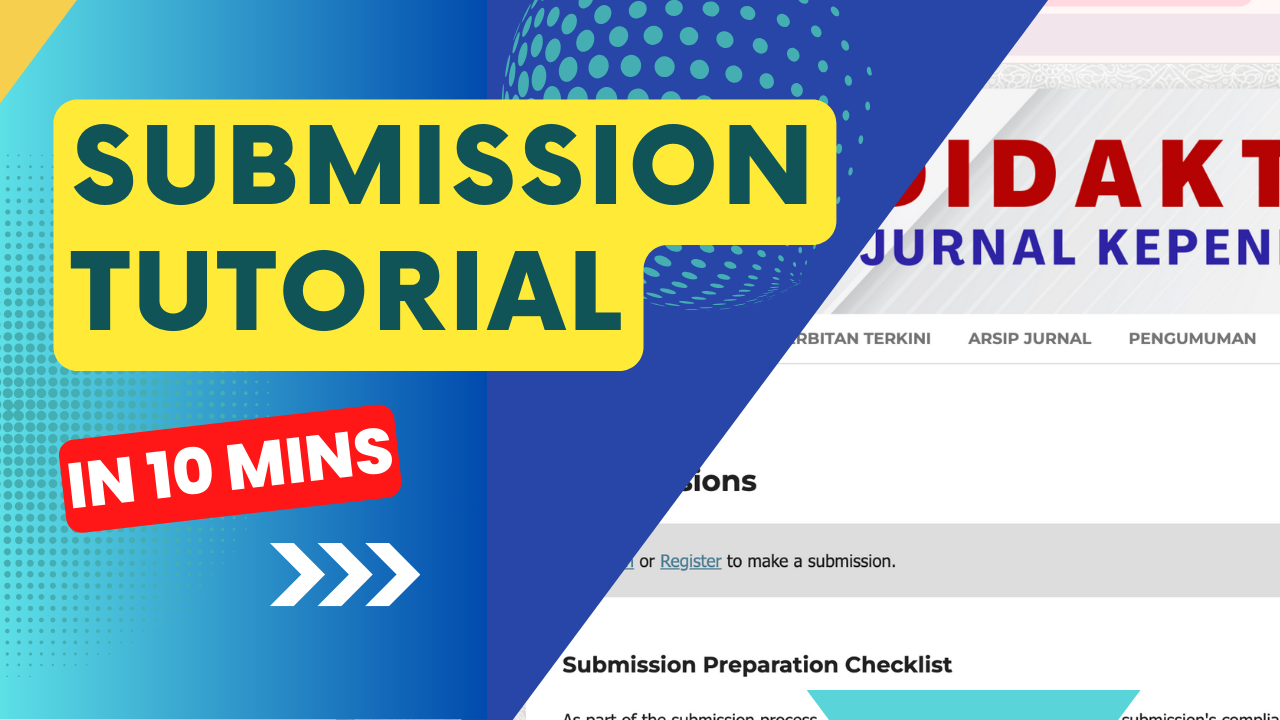Analysis of English Text Based on Character Education: Student's Perception and Comprehension
Abstract
This study aims to investigate the students' perceptions and comprehension of English texts based on character education at a State Vocational. This research is descriptive using qualitative and quantitative on its approach. The research involved 40 students of class XI from the accounting/financial expertise program at SMKN 1 Tebing Tinggi and 40 students from class XI from the technical skills program at SMKN 2 Tebing Tinggi as the participants. Questionnaires and written tests were used as the instrument to collect the data. Based on the analysis of the results of the questionnaires taken in the two vocational schools, it is found that 55% of students gave positive perceptions of learning English texts based on character education, 64% agreed that character education-based English text learning materials were given in schools, 57% of students agree that learning character education will help develop attitudes. In addition, the results of the written test showed that 56% of the student were at an average level in terms of their level of understanding of character education-based English texts.
Metrics
References
Akubulio, Francis, Eugene U. Okorie, Gloria Onwuka, and Annah Chinyeaka Uloh-Bethels. 2015. “Reading Readiness Deficiency in Children: Causes and Ways of Improvement.” Journal of Education and Practice 6(24):38–43.
Aromandani, Ari. 2014. “Pengintegrasian Pendidikan Karakter Dalam Pembelajaran IPS Melalui Kajian Tembang Macapat.” Jurnal Pendidikan Humaniora 2 No.3(3):205–10.
Cacho, Reynald M., and Lynle C. Cacho. 2015. “Huntahan* Vocab Assessment toward Enriching Mother Tongue-Based Classroom Practices.” Journal of Language and Cultural Education 3(1):78–84. doi: 10.1515/jolace-2015-0007.
Dagnew, Asrat, and Aster Asrat. 2016. “Teachers’ Perception toward Quality of Education and Their Practice: The Case of Godar Secondary Schools, Ethiopia.” American Journal of Educational Research 4(3):248–53. doi: 10.12691/education-4-3-4.
Gilakjani, Abbas Pourhosein, and Narjes Banou Sabouri. 2016. “A Study of Factors Affecting EFL Learners’ Reading Comprehension Skill and the Strategies for Improvement.” International Journal of English Linguistics 6(5):180–87. doi: 10.5539/ijel.v6n5p180.
Kaimuddin, Kaimuddin. 2014. “Implementasi Pendidikan Karakter Dalam Kurikulum 2013.” Dinamika Ilmu 14(1):47–64. doi: 10.21093/di.v14i1.7.
Kweldju, Siusana. 2015. “Neurobiology Research Findings: How the Brain Works during Reading.” Pasaa 50(December):125–42.
Liuolienė, Alvyda, and Regina Metiūnienė. 2007. “NUOSTATOS ĮTAKA AUTONOMINĖMS UŽSIENIO KALBOS STUDIJOMS.” (4):108–14.
Mahapatra, Shamita. 2015. “Cognitive Training and Reading Remediation.” Journal of Education and Practice 6(19):57–63.
O’Malley, J. M., and L. V. Pierce. 1996. Authentic Assessment for English Language Learners. Practical Approaches for Teachers. Manassas: Addison-Wesley Publishing Company-Inc.
Peraturan Pemerintah RI. 2013. “Peraturan Menteri Pendidikan Dan Kebudayaan Republik Indonesia Nomor 70 Tahun 2013 Tentang Kerangka Dasar Dan Struktur Kurikulum Sekolah Menengah Kejuruan/Madrasah Aliyah Kejuruan.” Permendikbud 1–234.
Rochman, S. 2012. “Persepsi Pengajar Bahasa Inggris Terhadap Pengajaran Bahasa Menggunakan Metode Berdasarkan Nilai-Nilai Budaya Barat (Studi Kasus Di STAIN Purwokerto).” 839–49.
Saguni, F. 2012. “Persepsi Tentang Penampilan Fisik Wanita Pada Masa Remaja.” Journal for Gender Studies 4(2):121–35.
Shao, Xinguang. 2014. “A Study of Chinese College Students’ English Reading Anxiety.” American Journal of Educational Research 2(5):299–303. doi: 10.12691/education-2-5-10.
Copyright (c) 2024 Ikhwan Fauzi, Ikhwan Fauzi, Puspita Sari Nasution

This work is licensed under a Creative Commons Attribution 4.0 International License.
Dengan mengirimkan naskah artikel, berarti penulis setuju dengan segala kebijakan yang ditetapkan oleh jurnal dan penerbit.
Penulis menyatakan bahwa:
- kebijakan ini telah diketahui dan disetujui bersama oleh semua penulis;
- naskah artikel belum dipublikasikan secara resmi sebelumnya di media ber-ISSN atau ber-ISBN yang terdaftar, kecuali dalam bentuk abstrak atau sebagai bagian dari materi kuliah, atau skripsi/tesis/disertasi yang tidak diterbitkan;
- naskah tidak sedang dalam proses editorial dan dipertimbangkan untuk publikasi di tempat lain;
- publikasi naskah ini telah disetujui oleh semua penulis, institusi afiliasi penulis, otoritas yang bertanggung jawab, dan lembaga di mana kegiatan telah dilakukan;
- naskah berisi materi yang aman dari pelanggaran hak cipta;
Perjanjian Hak Cipta dan Lisensi
- Penulis memiliki hak cipta dan hak kepemilikan lainnya yang terkait dengan artikel.
- Penulis memiliki hak dan diizinkan untuk menggunakan substansi artikel untuk karya-karya penulis berikutnya, termasuk untuk keperluan bahan/materi kuliah dan buku.
- Penulis menyerahkan hak publikasi pertama kepada jurnal dengan di bawah Lisensi Creative Commons (CC BY 4.0).
Pernyataan Lisensi CC BY 4.0
Anda diperbolehkan:
- Berbagi — menyalin dan menyebarluaskan kembali materi ini dalam bentuk atau format apapun;
- Adaptasi — menggubah, mengubah, dan membuat turunan dari materi ini untuk kepentingan apapun, termasuk kepentingan komersial.
Pemberi lisensi tidak dapat mencabut ketentuan di atas sepanjang Anda mematuhi ketentuan lisensi berikut ini.
- Atribusi — Anda harus mencantumkan nama yang sesuai, mencantumkan tautan terhadap lisensi, dan menyatakan bahwa telah ada perubahan yang dilakukan. Anda dapat melakukan hal ini dengan cara yang sesuai, namun tidak mengisyaratkan bahwa pemberi lisensi mendukung Anda atau penggunaan Anda.
- Tidak ada pembatasan tambahan — Anda tidak dapat menggunakan ketentuan hukum atau sarana kontrol teknologi yang secara hukum membatasi orang lain untuk melakukan hal-hal yang diizinkan lisensi ini.





.png)








